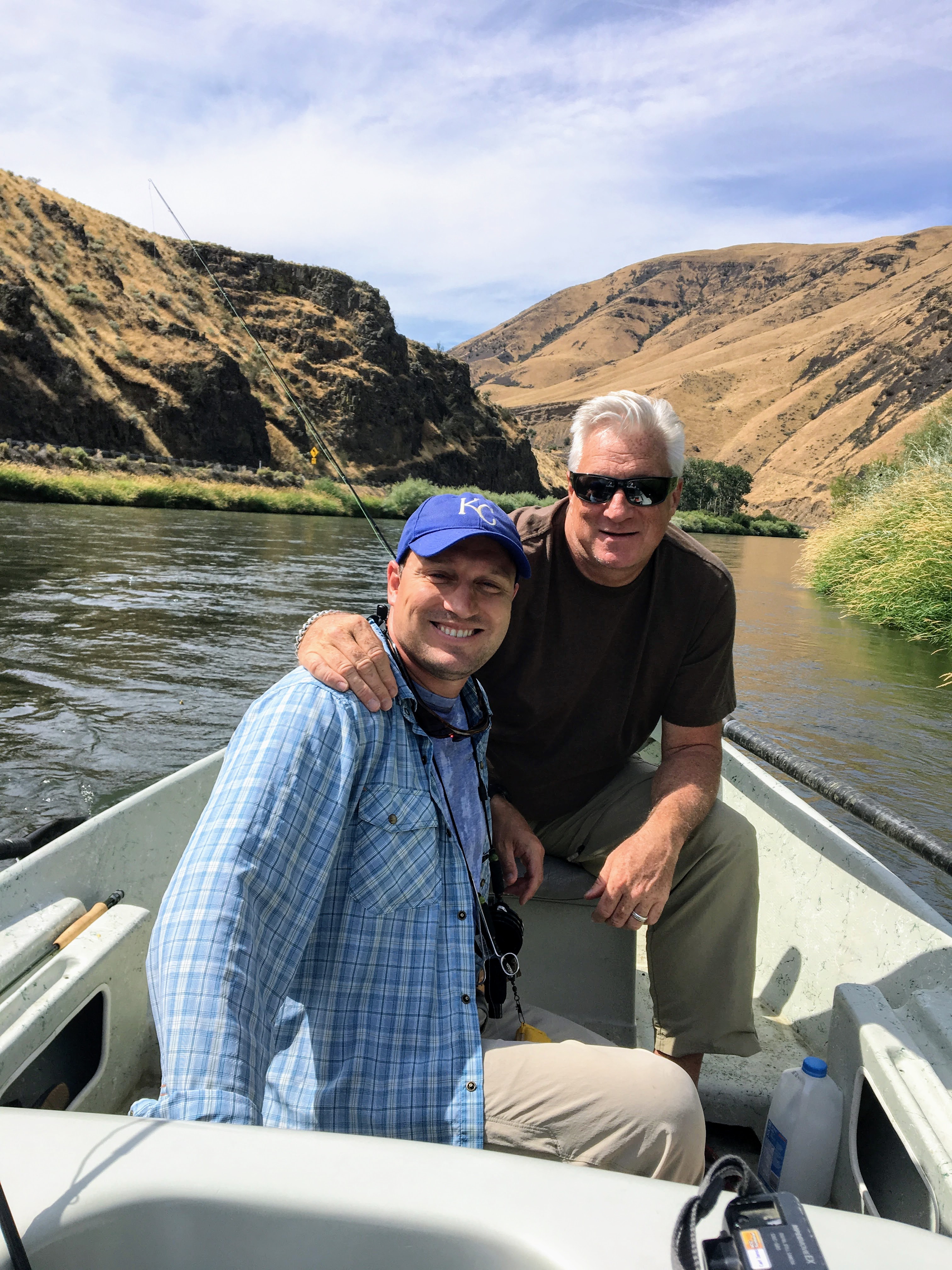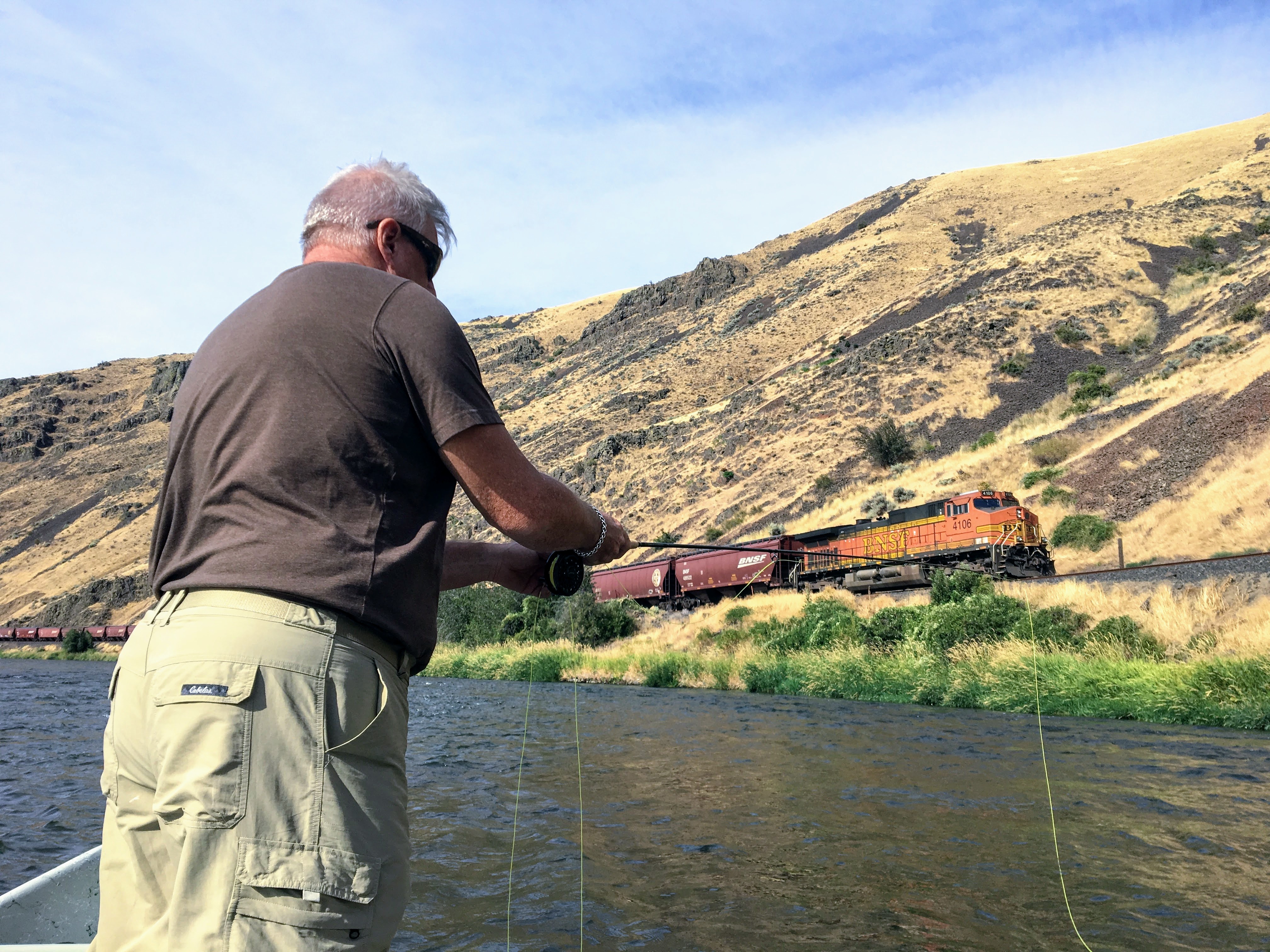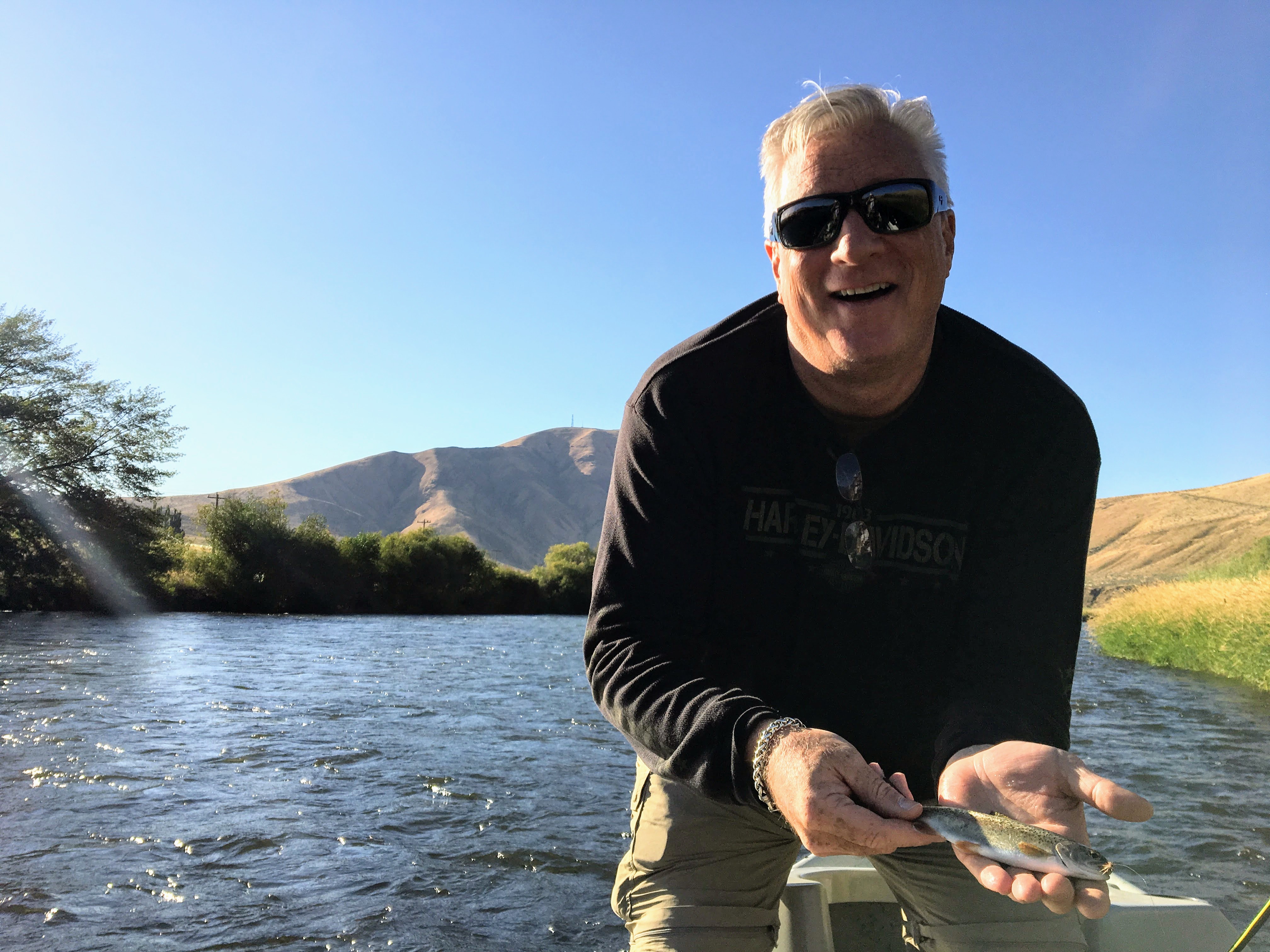We oversimplify the pursuit of trout when we think changing flies will result in more fish caught. Surely fly fishing can be a simple endeavor if we let it be. Carry a fly rod and some flies to the river. Wade through its currents and cast flies to where the trout swim below. Wade and cast. Wade and cast. If the fish do not reward you, the overutilized solution is often to change flies and continue on.
A wince. Perhaps a groan. And then another cast. “Ahhh. That was a fish.”
We have all missed a trout we were not expecting. Unprepared. Distracted. Complacent. But there are two times it happens that should not surprise us. Two parts of the drift that are sometimes forgotten. Forgotten by us, but not the trout.
To me, the riffles are every bit as exciting as any other part of the river. I think of the riffles as connections between sections on the river. You cannot catch fish if you are not fishing as you move from section to section.
Wading along the bank of the Bighole River, I found myself in an unfortunately familiar and somewhat sub-optimal position of biting off a bit more than I could chew by way of wading out a bit further than my stature allowed in pursuit of an upstream seam that I knew held fish.
My cast was sloppy.
It was August on the Bighorn River when I learned that trout are lazy.
The beginning is special. It is in the beginning that the bond forms. After the excitement of something new wears off. When you are not catching fish. When you have to re-tie your knots. When the fish are rising to everything except your fly. It may not seem like it. And you may not notice it, but these are the times when something special happens between you and the river and the fish you chase.
There was a time when drift boats were mysterious and distant to me. If I could one day “get a drift boat”, trout beneath magical rivers that were once unreachable would finally be within my grasp.










